why salvia
ala8south
16 years ago
Related Stories
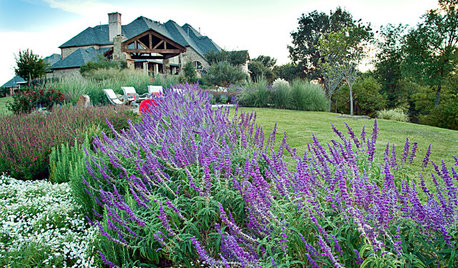
GARDENING GUIDESGreat Design Plant: Salvia Leucantha
Soft, velvety purple spikes gracefully arch over the gray-green foliage of Mexican bush sage in spring through fall in western U.S. gardens
Full Story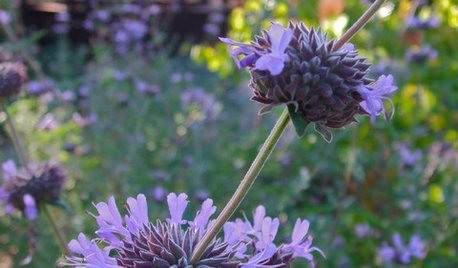
GARDENING GUIDESGreat Native Plant: Cleveland Sage
Get a whiff of this salvia for a garden experience to remember. Oh, and you can almost forget about maintenance
Full Story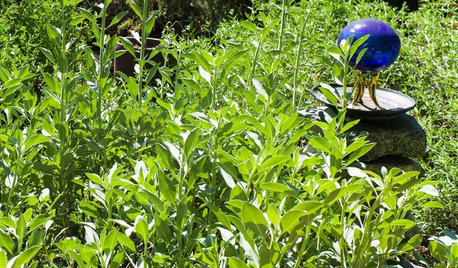
FLOWERS AND PLANTSWhite Sage Shimmers in the Water-Wise Garden
California native Salvia Apiana features silvery-green foliage and seasonal flowers that bees, hummingbirds and butterflies love
Full Story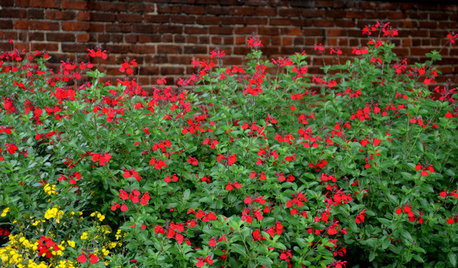
GARDENING GUIDESGreat Design Plant: Autumn Sage Brings Color and Butterflies
Whether you live in the arid desert or the humid South, you'll likely find this deer-resistant beauty as irresistible as winged creatures do
Full Story
GARDENING GUIDES6 Plants That Beat Butterfly Bush for the Wildlife Draw
It's invasive, a nonnative and a poor insect magnet. Check out these better alternatives to butterfly bush in the garden
Full Story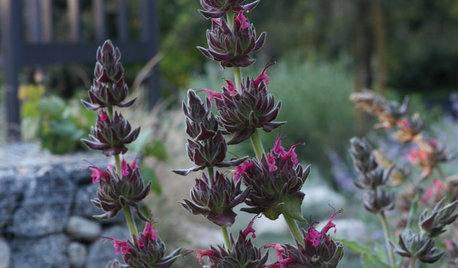
FLOWERS AND PLANTSHummingbird Sage Lures Wildlife With Its Sweet, Fruity Fragrance
This native California ground cover thrives with little water on grassy slopes, under trees or in patio containers
Full Story
GARDENING GUIDESAttract Hummingbirds and Bees With These Beautiful Summer Flowers
Roll out a welcome mat for pollinators to keep your landscape in balance and thriving
Full Story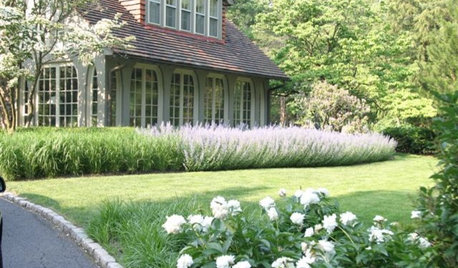
FLOWERSKeep Your Garden on Point With Spikes of Purple
Tall purple blooms bridge color gaps, contrast round flower forms and make for intriguing masses in the landscape
Full Story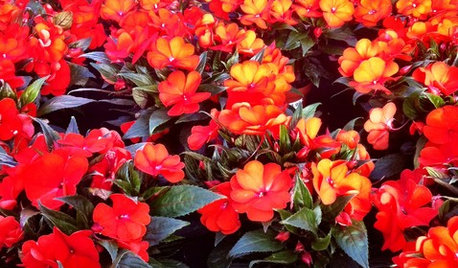
GARDENING GUIDESBright Plants for Flower Beds That Wow
From new annual and perennial varieties to grasses, get dramatic with swaths of color
Full Story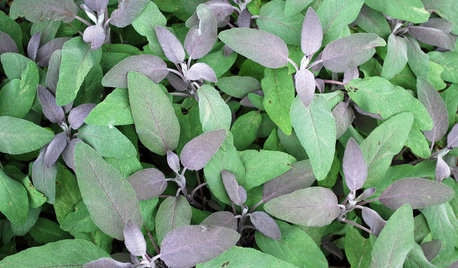
EDIBLE GARDENSHerb Garden Essentials: Grow Your Own Culinary Sage
Fill in your garden with this drought-tolerant perennial that’s flavorful and deer resistant
Full StoryMore Discussions






rich_dufresne
ala8southOriginal Author
Related Professionals
Norfolk Landscape Architects & Landscape Designers · Southfield Landscape Architects & Landscape Designers · Woodinville Landscape Architects & Landscape Designers · Sahuarita Landscape Architects & Landscape Designers · Paradise Landscape Architects & Landscape Designers · Middletown Landscape Contractors · Aberdeen Landscape Contractors · Berkley Landscape Contractors · Del Aire Landscape Contractors · Fort Mill Landscape Contractors · Suitland Landscape Contractors · The Villages Landscape Contractors · Bronx Siding & Exteriors · Four Corners Siding & Exteriors · Waukegan Siding & Exteriorsrich_dufresne
youreit
ala8southOriginal Author
rich_dufresne
dicot
sarahbn
ccroulet
ala8southOriginal Author
ccroulet
wardda
ala8southOriginal Author